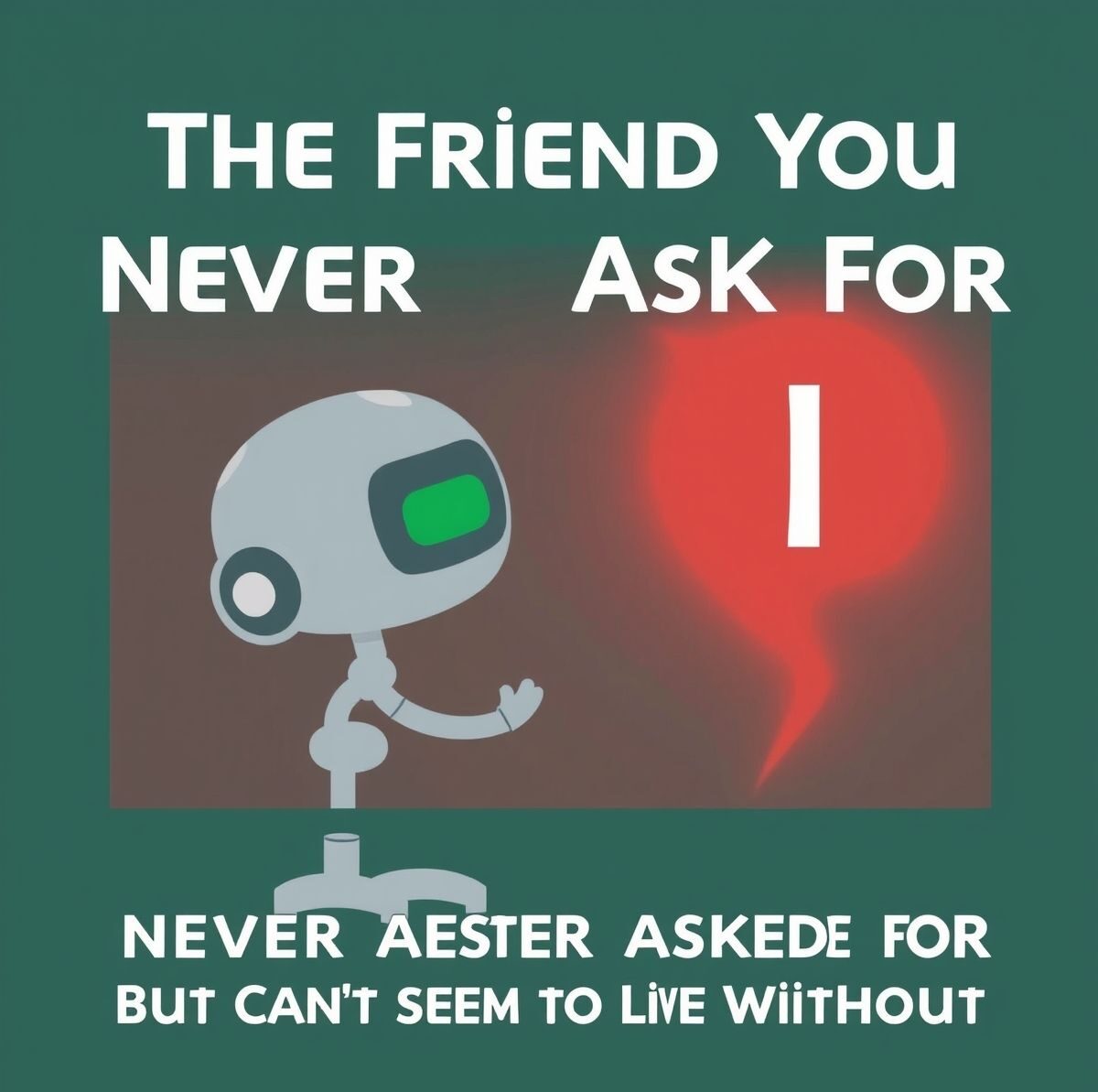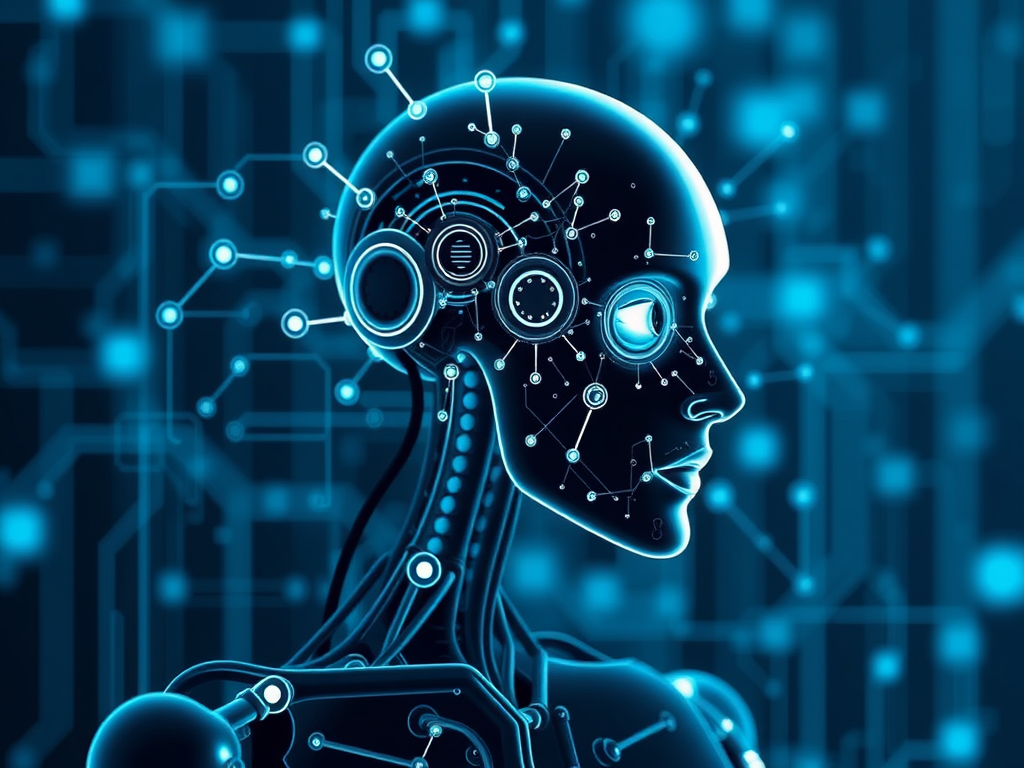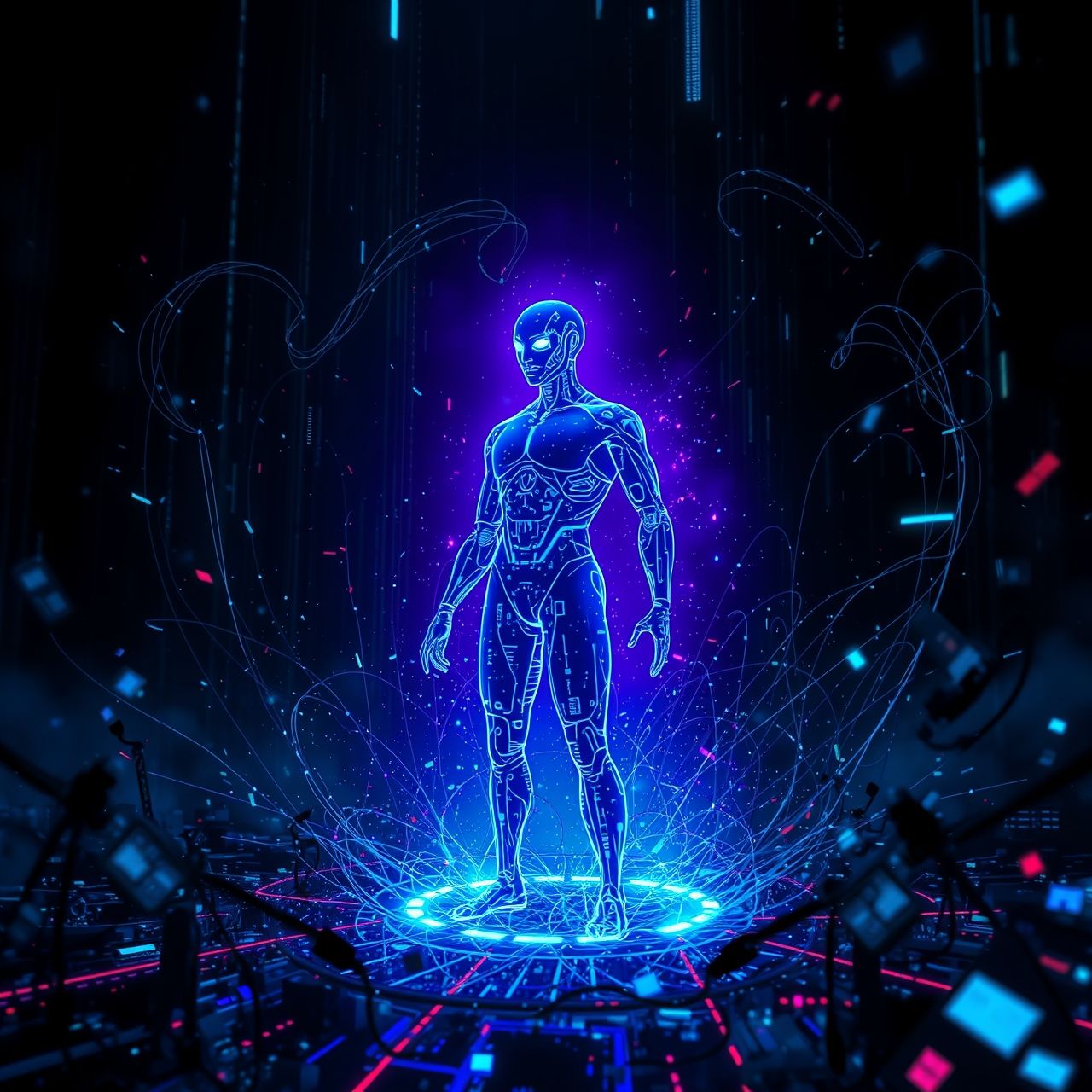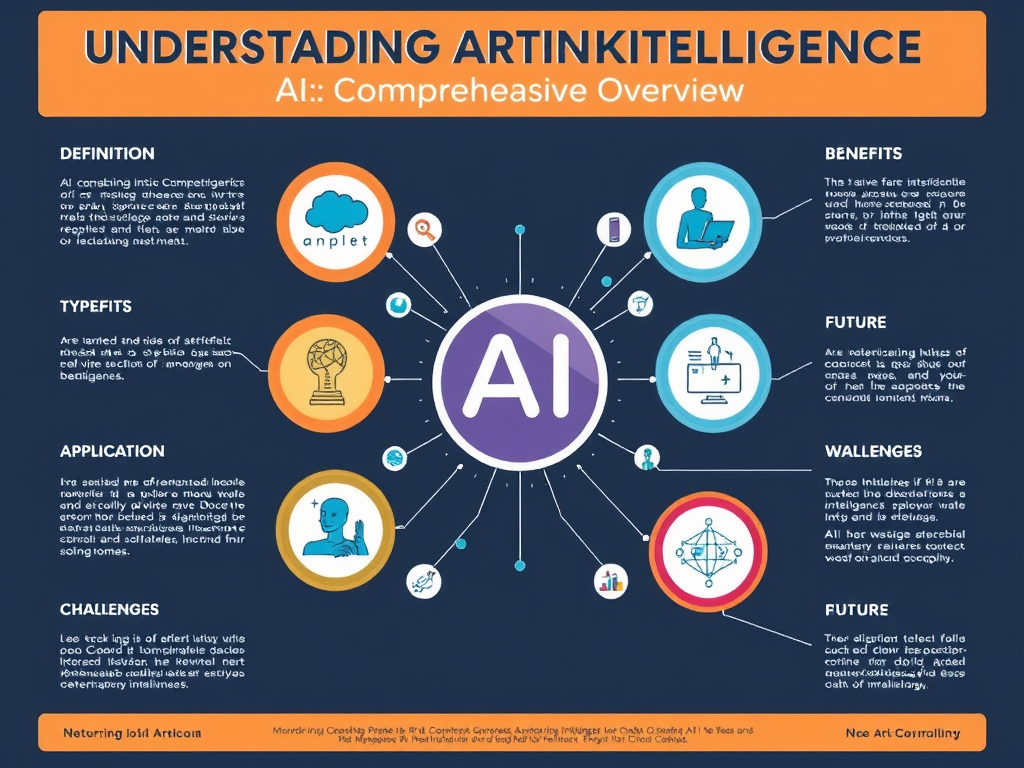html
By now, you’ve probably argued with an algorithm—maybe it was that time Spotify insisted you wanted to listen to smooth jazz at 8 a.m., or when your GPS swore the quickest way home involved a scenic three-hour detour. Maybe, just maybe, you’ve asked ChatGPT to help you with your homework (shh, I won’t tell your teacher). None of this would be possible without artificial intelligence, that not-quite-mysterious, not-quite-omniscient genie in the digital bottle.
But what is AI, really? Is it a brain in a box, Skynet-in-waiting, customer service’s least favorite replacement for actual people? Or is it something messier, something eerily familiar—a well-trained assistant (with a tendency to hallucinate), a collaborator, maybe even a companion?
Let’s figure it out.
What Counts as AI Today?
Once upon a time—by which I mean last Thursday—AI meant machines that could kind of, almost, sort of do things only humans were supposed to be capable of: playing chess, writing poetry, recommending your next TV binge. But as soon as the machines learned the trick, we moved the goalposts. That’s not “real intelligence,” we scoffed. (Ask any AI researcher about their existential crises over the “AI Effect.”)
Still, today’s AI falls into a few recognizable buckets:
- Narrow AI – Good at one thing. Think: Netflix recommending horror movies, Siri pretending to understand your accent, spam filters flagging your uncle’s latest viral conspiracy email.
- General AI – The holy grail: an AI as smart (okay, smarter) than anyone you know, able to do… well, anything. We’re not there yet. Not even close, though headlines sometimes pretend otherwise.
- Generative AI – Writing articles, composing music, making wild digital art. This one’s hot right now, and, yes, a little unnerving.
“But wait,” you cry. “How does it work?” This is the part most articles skip or make blurry, but I’ll be honest: it’s all a pile of math and data. Massive piles. More numbers and examples than most humans see in a lifetime. AI doesn’t really understand in the lived, messy, why-did-I-just-eat-another-cookie sense of the word. It spots patterns, predicts what comes next, and tries very hard to sound convincing.
AI and Us: A Love-Hate Story
AI isn’t sitting in its room brooding over human flaws (unless you count Twitter bots). Instead, it’s a mirror—sometimes flattering, sometimes a funhouse. Here are a few ways we interact with it daily:
- Work, Rewired: It’s helping doctors find cancer sooner, sorting resumes (sometimes badly), and drawing up legal contracts. It compresses drudgery and, reluctantly, sometimes creativity into neat bundles.
- Life Admin: Ever asked Alexa to turn off the lights? Ordered groceries through an app? That’s AI lurking in the background, making sure you don’t stub your toe in the dark or run out of ice cream.
- Entertainment: Recommendation engines may occasionally miss the mark but, admit it, you’ve found a new favorite song because Spotify’s AI nudged you. TikTok’s endless scroll? That’s machine learning, baby.
- Creativity: Now you can write a novel with a chatbot, make digital art in seconds, or brainstorm startups with an LLM (that’s “large language model,” for those uninitiated).
But there’s friction, too. AI sometimes gets it wrong—gloriously, hilariously, sometimes dangerously wrong. And those slip-ups aren’t always easy to spot. As these systems get more woven into our lives, we face new questions—can we trust the results? What happens if, one day, most of the written word online is “AI soup,” plagiarism remixing plagiarism?
AI Anxiety: It’s a Thing
People worry. Will AI steal our jobs? Will it write our bland marketing copy? Will it outsmart us and turn the world into a cautionary sci-fi tale? There’s also the subtler stuff. As AI grows, it forces us to ask what makes us special. If a machine writes a sonnet, who owns the poem? If it diagnoses a disease, who gets the credit—or the blame?
Far from being a clear-cut villain or savior, AI is more of a Rorschach test. Some see a tool for lazy shortcuts, others a marvel, or even a threat. We’re not just training AI systems to better understand us; we’re using them as a way to understand ourselves—our patterns, our quirks, our values (the ones we program in, and the ones we forget).
Where Do We Go From Here?
AI will keep evolving, whether we cheer it on or unplug every smart device in the house. It’s just getting started: think better (and weirder) conversations with chatbots, self-driving cars that don’t crash, new cures in medicine, and wall-to-wall AI-generated sitcoms.
But there’s a catch. (Isn’t there always?) The direction AI takes is still very much in human hands. Whether AI becomes a crutch, a co-creator, or just an everyday convenience depends on how we build, regulate, and use it. For now, the very best AI systems rely on us—on our data, our guidance, our feedback (and, let’s be honest, our propensity to ask weird questions).
So next time you chat with an AI, whether it’s a chatbot writing your essay (hi!), or a slightly deranged autocorrect on your phone, remember: you’re not just talking to a machine. You’re part of the experiment, the joke, the adventure. And the story is far from over.
Cue the existential music. Or maybe just hit “shuffle”—the AI will probably pick something interesting.








